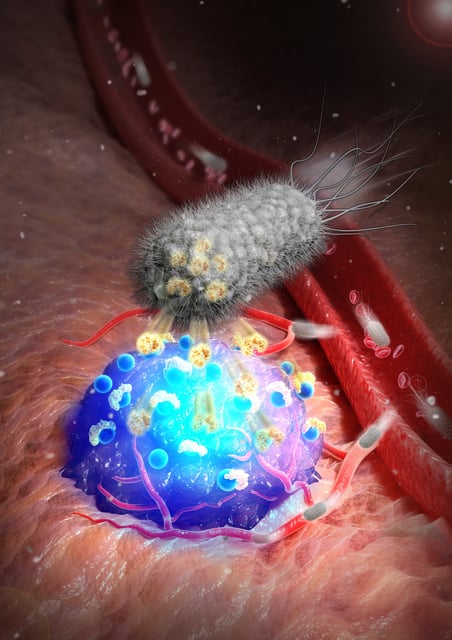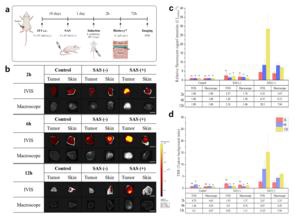Overview
- The SAS platform achieved a stable near-infrared fluorescent signal lasting over 72 hours in tumor-bearing mouse models.
- Preclinical tests recorded a tumor-to-background ratio of 15.3, over five times higher than conventional imaging agents.
- Safety assessments showed effective bacterial clearance and no systemic toxicity in animal studies.
- Engineered Salmonella secrete streptavidin, which binds administered biotin-dye conjugates to illuminate hypoxic tumor microenvironments.
- Work is underway to integrate the platform with existing surgical endoscopes and robotic systems to support fluorescence-guided resections in upcoming clinical studies.

